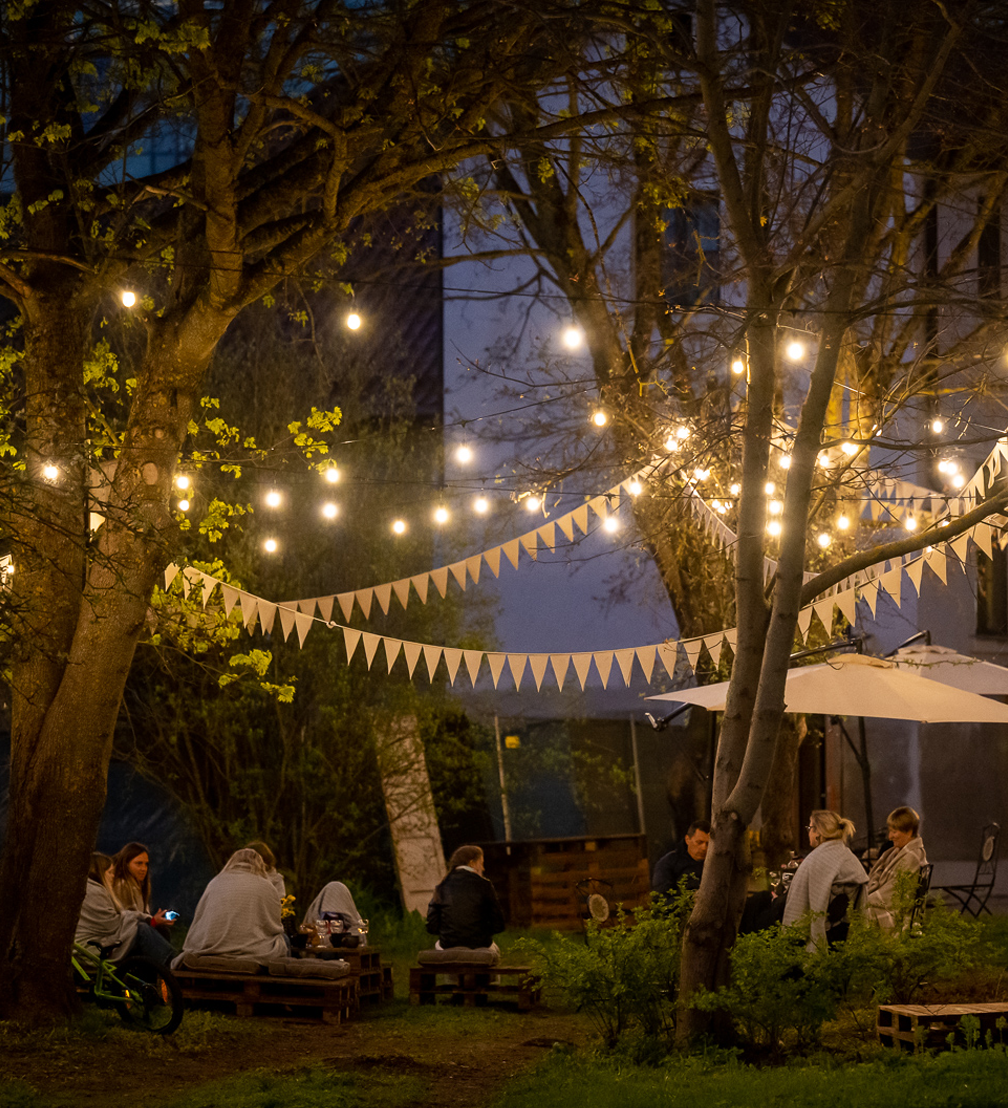
Saldus is a municipality that focuses its development not on tourists but on local residents. In recent years, a series of municipal initiatives have been implemented in Saldus with the aim of activating and involving the local citizens in the shaping of their environment. Ilze Tomanoviča-Barone, the communications specialist of the Saldus Development Department, talks with FOLD about these initiatives.
The most noticeable changes in the urban environment of Saldus and the involvement of residents can be seen in the pop-up courtyard of Saldus. Behind the historic house of Kapellers, which is currently under the management of the Saldus Tourism Information, Culture, and Sports Centre, a forgotten courtyard has been improved, which now offers residents a green space to relax in the very centre of the city. The pop-up bar Veldze, the restaurant Stikla Pērlīšu Spēle, Druva ice cream, and the black ceramic oven of the workshop Podnīca have all taken up residence in the pop-up courtayrd. Nearby, a night market of local producers and artisans has just started operating, while in the next block, a common room Koptelpa is available for associations and citizens’ initiatives, set up in the premises of the municipality. On the other hand, in the digital environment, Saldus residents can share suggestions and mark problem areas in the recently created tool Idea Map.
I have recently noticed many small but effective projects aimed at citizen involvement and community development in Saldus.
Small, inexpensive actions are actually great tools to bring a city to life. But these are not just individual activities. Each project has a far-reaching goal; each small idea must be able to find its way to a strategic vision, yet as a whole, these initiatives create and shape the mood and attitude of the residents.
Tell me about the Saldus pop-up courtyard.
The pop-up courtyard was a project to improve the public outdoor space in a lovely but neglected inner courtyard of the old town. Before launching the serious construction work, we decided to liven up the place with small investments and warm up to the idea of change with an experimental pop-up initiative. The project’s idea is not only to test and show the residents what is possible in this space but also to promote cooperation between municipal colleagues across departments. Usually we each work on our own projects, but here we all got together — we had real estate and construction management specialists working on the project. The organisation and decoration of the courtyard was a voluntary effort for those who wanted to get involved, and everyone found a way to help — some with furniture, some with greenery, some by organising the clean-up. This joint work was of great benefit for us because the ability to cooperate and make friends is very important in the municipality’s everyday work. When planning the pop-up courtyard, we worked a lot with the community by explaining and listening. At first, there was great scepticism from both residents and colleagues, but after the implementation of the project, surveys showed that the residents understood that such a place was needed, and it was also an opportunity for us to implement their recommendations in the large reconstruction project. I think that without such an experimental project, there would be a lot of resistance to construction work, improvements, and the introduction of hard surfaces, but now people have tested this idea and want both improvements and wheelchair access.
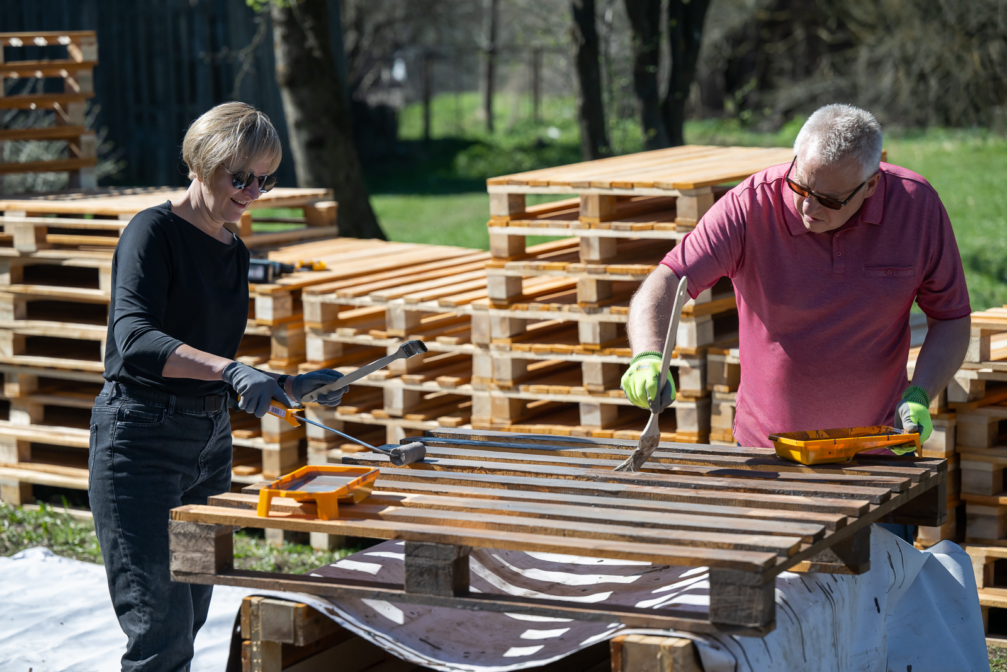
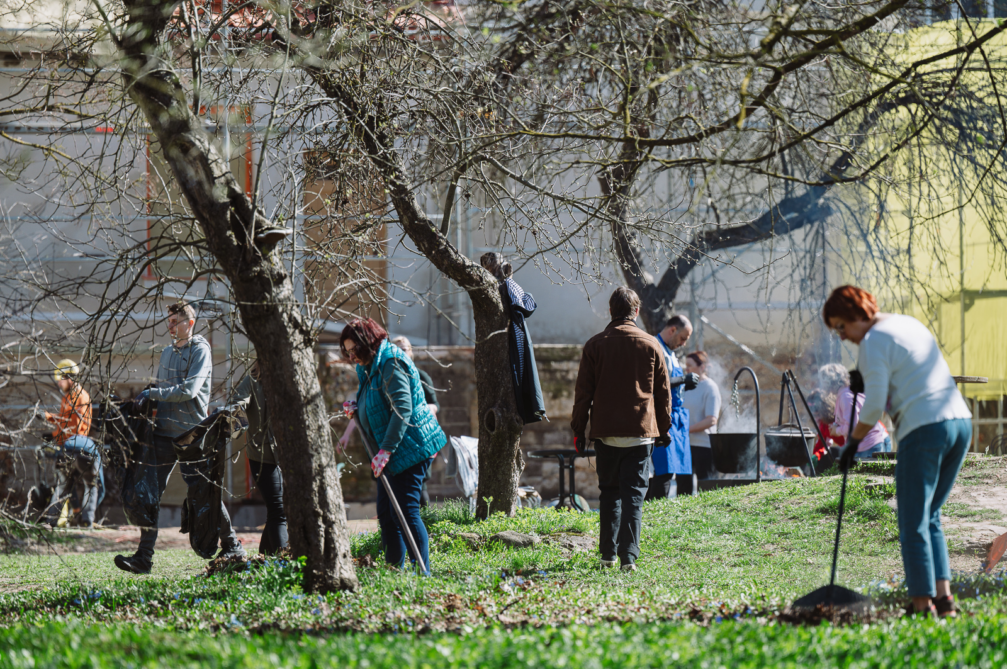
So this experiment was a way to get the population used to the idea of change?
Yes, it was a successful warm-up of the space. It was the same for us with the very first experiment we launched — a recreation area by the lake Ciecere. There was an overgrown meadow with a potato field in the middle, and we received a lot of scepticism at first. However, about a hundred people came to the first event. We experimented like this and looked for a niche for business, and now there is a harbour for a lake boat, public access to the water, and an environmental accessibility project coming soon — all thanks to one experiment in an overgrown meadow with breakfast, yoga, and hiking. We want quick change, but you have to start by changing habits, and that takes time.
Is the success of the pop-up courtyard also based on an event program?
No, with the courtyard, we are trying to create a space for people to come with their own activities. We furnished this area for several thousand euros and offered the courtyard together with the furniture, lighting, and decorations to the residents; we did not create the content ourselves. Getting people out of the house with a concert is not a great achievement, but we try to get the residents to come out themselves. Our goal is to get that family out of the high-rise and into the city centre on a daily basis, not just for events. This space is used as a recreation area, and events are held there by local businesses. For example, Tērvete Food celebrated its anniversary there with Druva ice cream, and it attracted a lot of people. It is a victory that entrepreneurs themselves successfully fill the ether. It is also a pleasure to see how the ceramic workshop Podnīca maintains the courtyard — not only by organising events but also by looking after it, keeping tabs on it, and maintaining the courtyard in order.
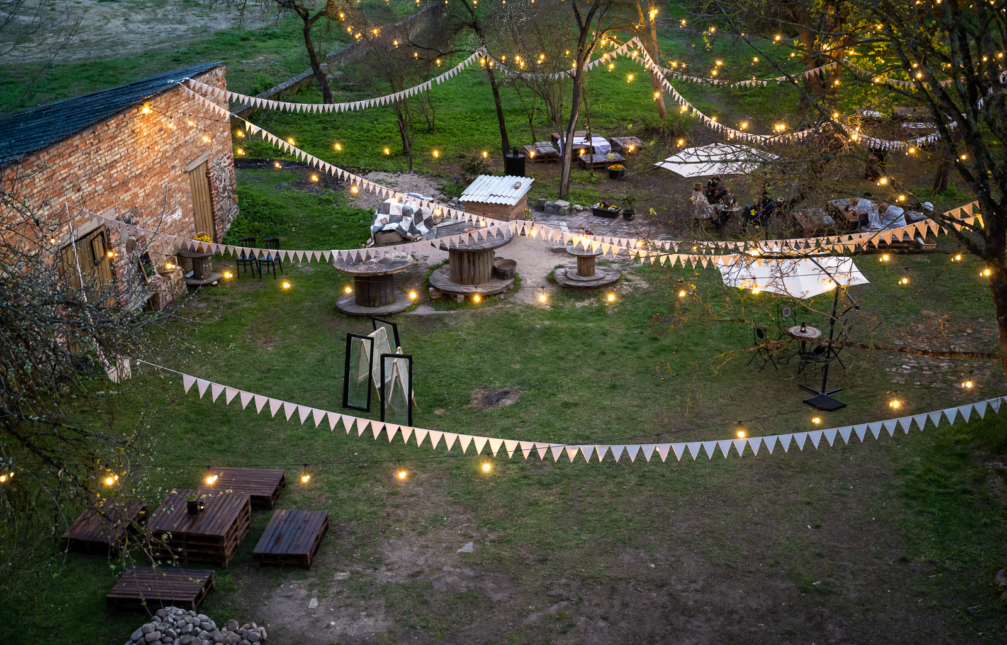
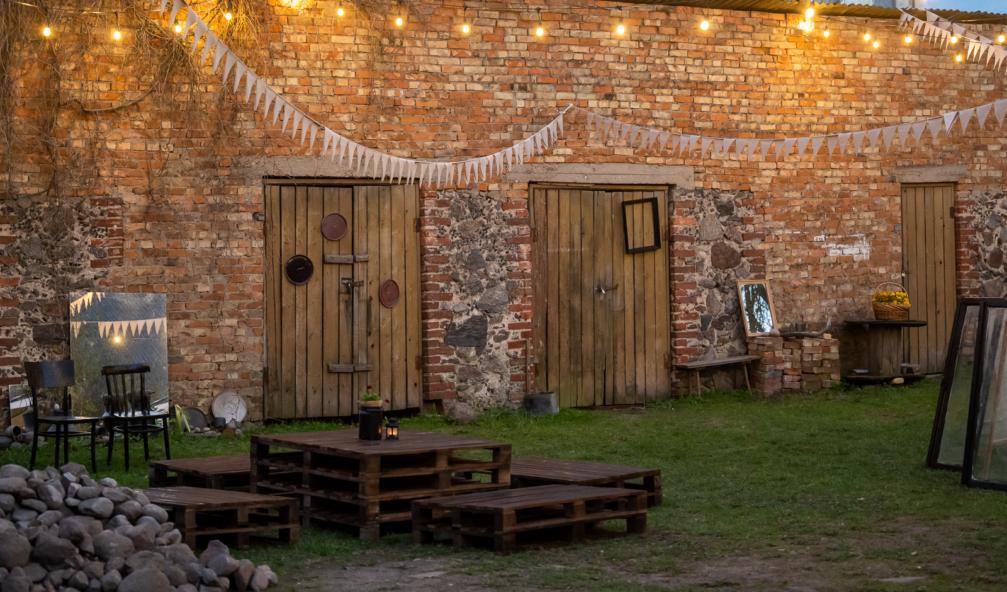
Now many enterprises have gathered around the pop-up courtyard, but right across the street is Koptelpa. How did this project start?
Koptelpa started as a project to find a business niche, and one of the experimental activities was a pop-up innovation centre on the ground floor of the building. The first floor belonging to the municipality was empty, and that’s how the idea began that a space was needed for the active people and entrepreneurs of the county. We planned and furnished this space ourselves. At first, we allowed associations to use it, but now schools, training companies, and young people also come here. We have a children’s corner, we cooperate with everyone who is interested. We also implement our own projects, for example, the repair shop Repair Cafe. Koptelpa is now so successful that the calendar is sometimes full and some plans have to be rejected.
I assume that the design decisions in furnishing this space also affect how the residents use it?
Yes, many people tell us that they like that this is more like a home, that there are no strict rules, we simply give out the key, and Koptelpa lives its own life. It’s a good feeling — I have about four sets of keys that wander somewhere all the time, I only see on social media what activities are going on there — whether it was an event for the Leadership Academy or the Druva High School filming a video.
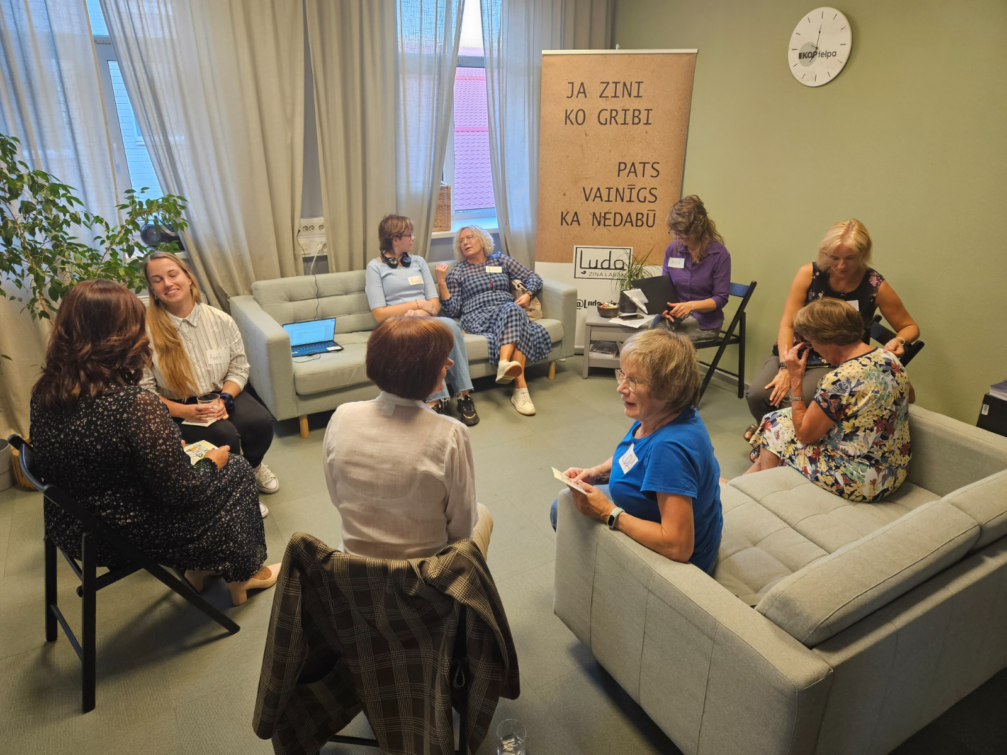
It seems that the municipality of Saldus focuses more on its county as a place where there is work, business, and production instead of prioritising tourism like many other municipalities of a similar size.
We have the same problem as everyone else — tourism seems to be the magic solution; if there is tourism, then everything will follow. But you have to think about development in broad terms — tourism, culture, business, and engagement of the locals all has to work together. We have a lot more to learn — how to work with the people who are here, not hope for some other, better people. That’s why it’s so good that we have the Idea Map and residents’ councils — an opportunity to talk more, to listen, for managers to meet residents, for us to get more involved, and get a feel for people’s real needs.
What’s the Idea Map and the residents’ council?
The Idea Map is a digital tool that can be used by anyone to communicate with the municipality — register a problem area that needs a solution or suggest an idea for improvements. The residents’ council, on the other hand, is an opportunity to participate in shaping the life of the parish or territory by having meetings, deciding on infrastructure projects, preparing recommendations for the council, or discussing any topic. It should be taken into account that the municipality and managers have an automatic defensive reaction when receiving criticism and suggestions. I forward the recommendations of the residents’ council to those who govern the area in question, and the initial reaction is usually negative. It’s a slow process, but it’s getting better. If someone suggests that this pond should be cleaned, it shouldn’t be taken as a reprimand; it’s good that a resident has noticed that it needs to be done. Therefore, all activities must first be explained to all colleagues. If there are only two enthusiasts in the municipality who go to the community and say, «you can do it, get involved», then one day this person will go to a sceptical colleague and will be disappointed. The pop-up courtyard was a very good experience because it involved colleagues whose job is not to communicate with people, but the development of the city, and the involvement of the public must also be explained to the accountants so that they do not only see the bills . They are also residents and pass the information on to others. Work must be done first with colleagues, then with residents.
As a communication specialist, what principles do you follow when talking to people?
Always explain as simply as possible. It is better to repeat unnecessarily than to assume that everything is already clear, that the citizens already know everything. I also tend to misunderstand things and ask stupid questions. Empathy for both oneself and others is required. At the same time, the stories of experience are different in each place. In reality, you cannot give advice and hope that it will work elsewhere — each place and each community has its own specifics, which require appropriate methods. It is important to have a feel for your place, keep the goal in mind, and believe that change is possible.
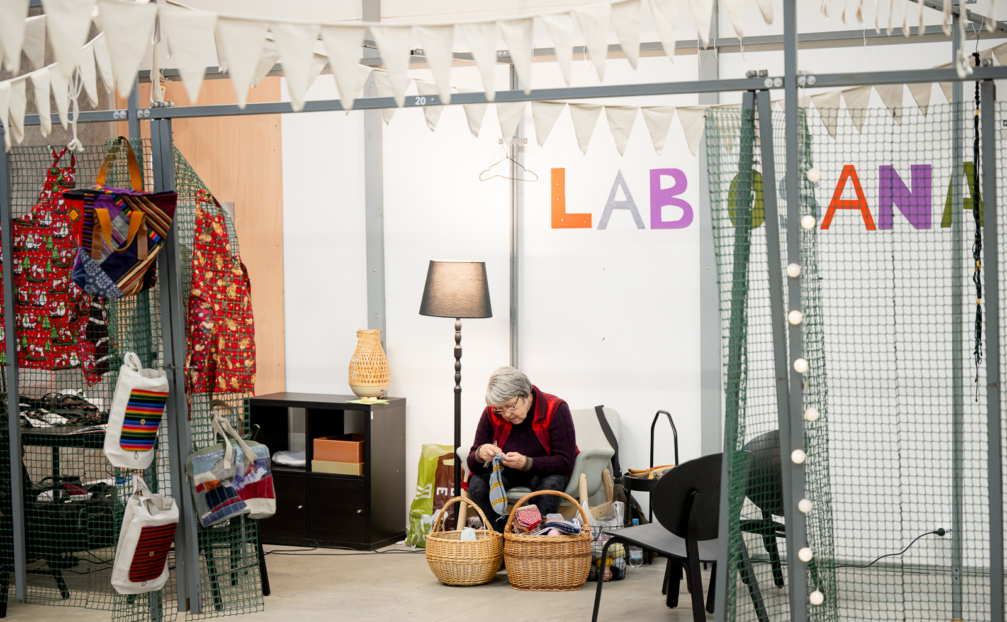

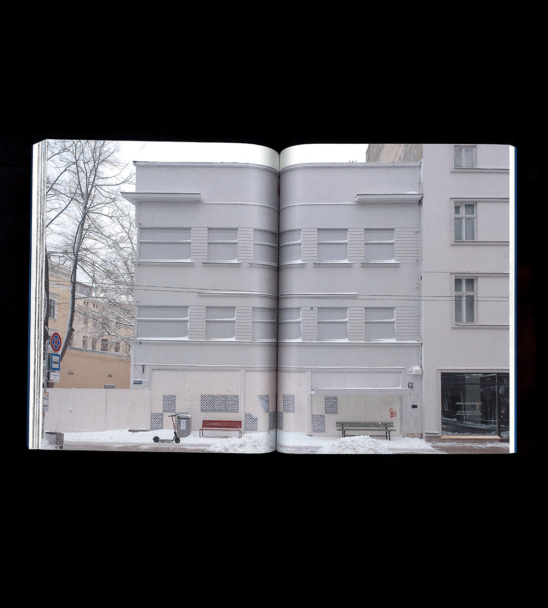
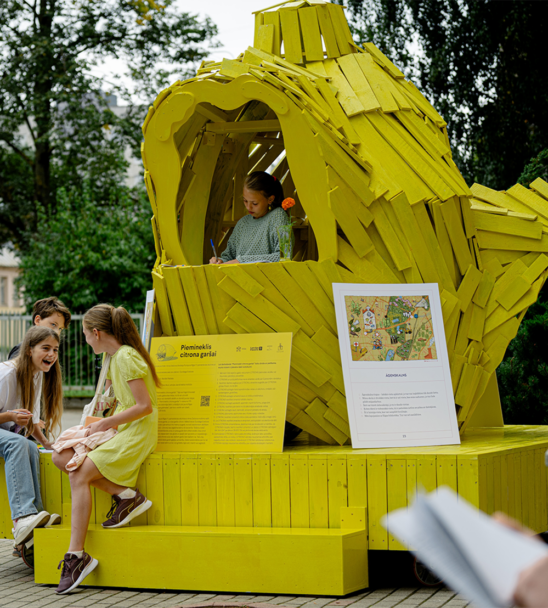
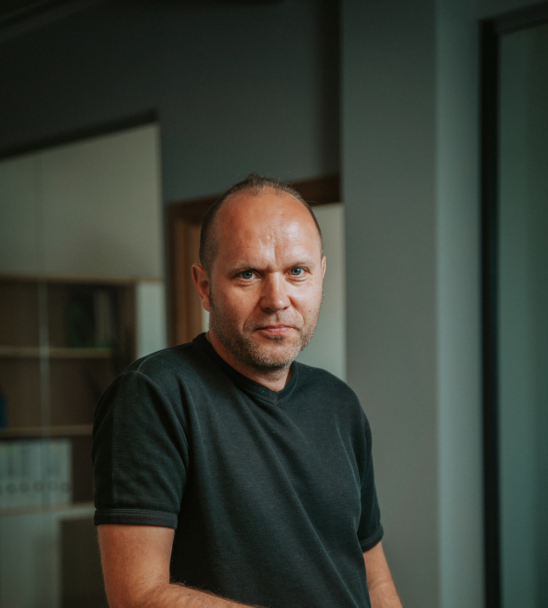
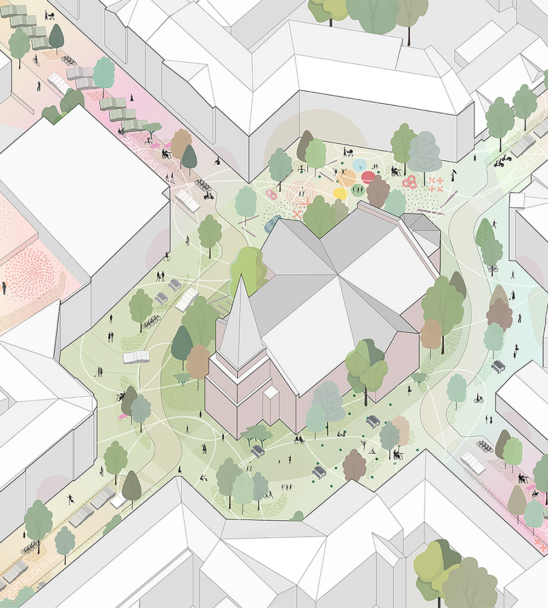
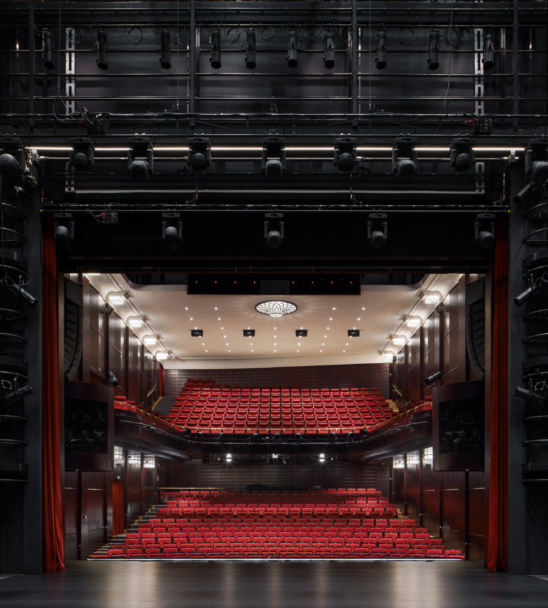
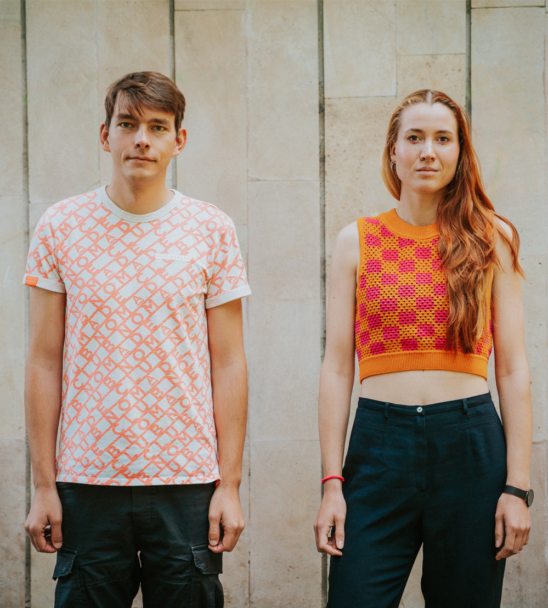
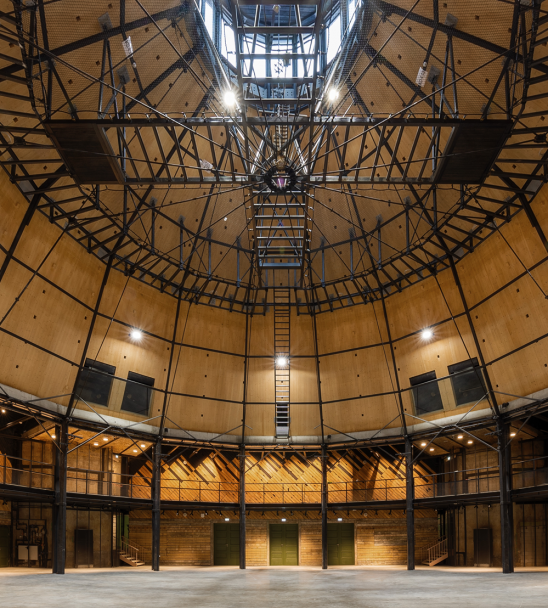
Viedokļi